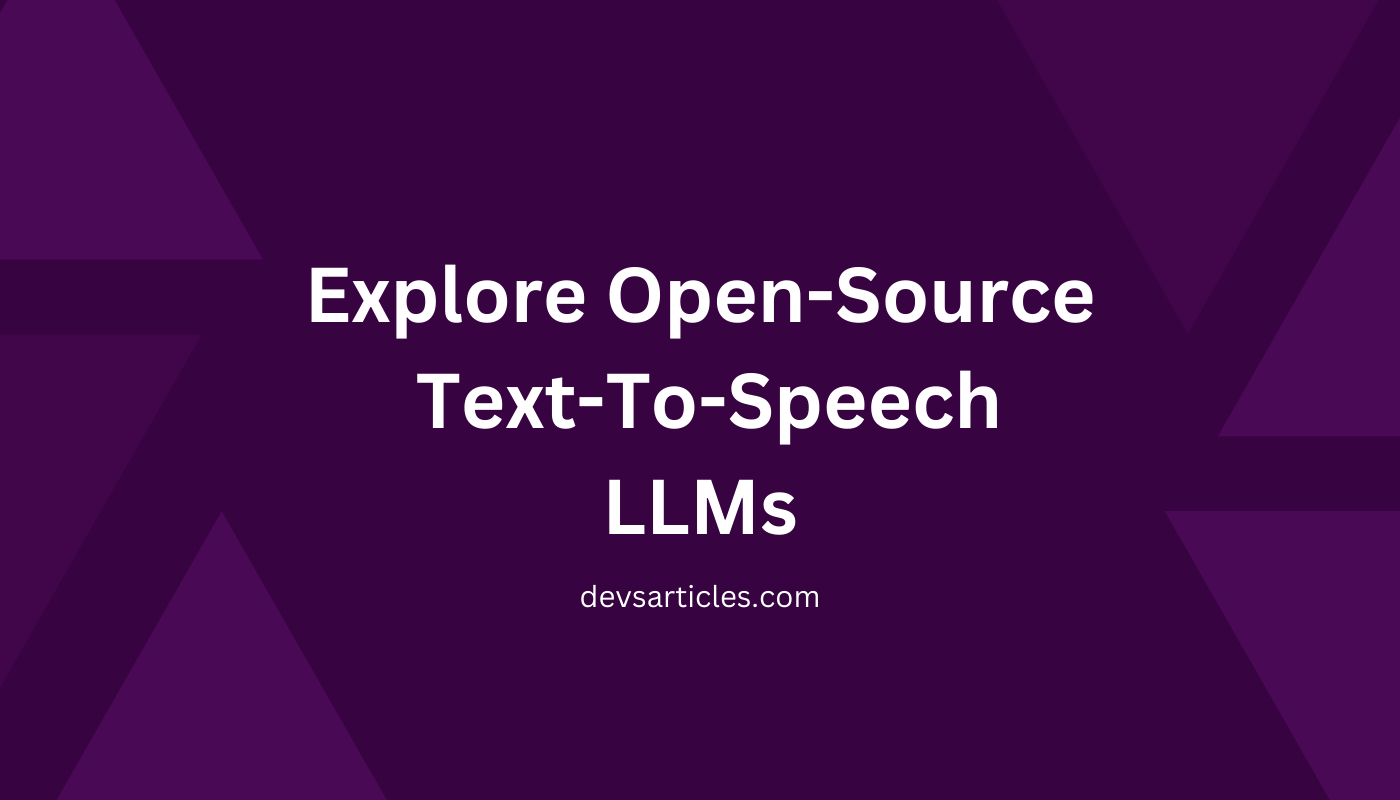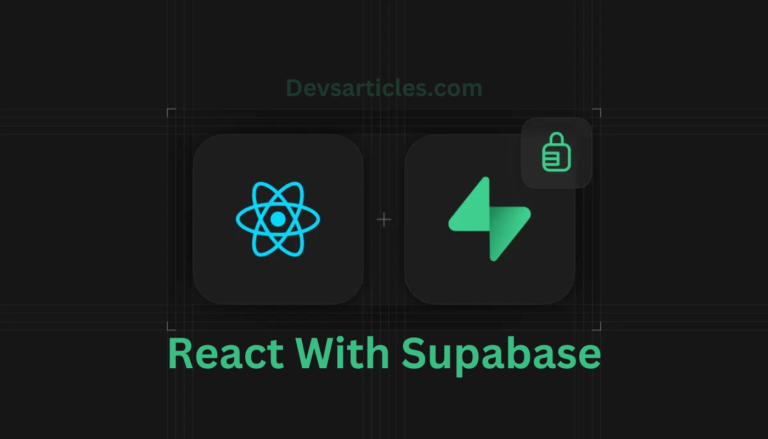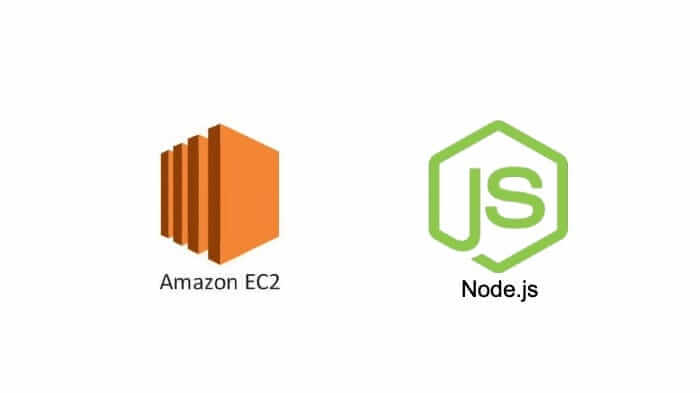Powerful Open-Source TTS LLMs: A Deep Dive into Text-to-Speech Revolution

In recent years, the demand for high-quality, realistic Text-to-Speech (TTS) solutions has skyrocketed, driven by advancements in artificial intelligence and machine learning. Whether you’re creating content for podcasts, audiobooks, accessibility tools, or virtual assistants, TTS technology has become a cornerstone in transforming written text into lifelike speech. Among the vast array of TTS solutions available, open-source models are gaining traction for their flexibility, cost-effectiveness, and community-driven development. This blog post is about the world of open-source TTS Language Learning Models (LLMs), exploring how they work, their benefits, popular tools, and how to get started.
Table of Contents
What is Text-to-Speech (TTS)?
Text-to-Speech (TTS) technology converts written text into spoken words. It’s used in various applications, from reading aloud text on websites to providing voice output for virtual assistants. TTS has evolved significantly, moving from robotic, monotone outputs to highly realistic, natural-sounding speech. This transformation is largely due to advancements in machine learning, particularly in the development of LLMs.
The Rise of Open-Source TTS LLMs
Open-source TTS LLMs have emerged as powerful tools that democratize access to high-quality TTS technology. Unlike proprietary systems, open-source models allow developers to access the underlying code, customize the models to their needs, and contribute to their improvement. The collaborative nature of open-source projects fosters innovation, leading to continuous enhancements in speech quality, language support, and overall performance.
How Do Open-Source TTS LLMs Work?
Open-source TTS LLMs typically operate on a deep learning framework, take advantage of large datasets to train models that can predict and generate human-like speech. The process generally involves several key components:
- Text Processing: The input text is preprocessed to understand context, syntax, and pronunciation. This includes tokenization, normalization, and phoneme generation.
- Acoustic Modeling: The processed text is then converted into acoustic features. This model predicts the audio signals that correspond to the given text.
- Vocoder: The vocoder takes the acoustic features and generates the final audio waveform. Modern vocoders like WaveNet or Griffin-Lim significantly improve the naturalness and quality of the generated speech.
- Post-Processing: Additional filters and enhancements may be applied to refine the audio output, making it sound more natural and less synthetic.
Benefits of Open-Source TTS LLMs
- Cost-Effective: Open-source models are generally free to use, eliminating the need for expensive licensing fees associated with proprietary TTS solutions.
- Customizability: Developers can create the models to specific use cases, languages, or accents, making them highly versatile.
- Community Support: Open-source projects benefit from a vibrant community of contributors who regularly improve and update the models, ensuring they remain cutting-edge.
- Transparency: With access to the source code, developers can better understand how the models work and ensure they align with ethical and privacy standards.
Some Popular Open-Source TTS LLMs
- Mimic3: Developed by Mycroft AI, Mimic3 is a lightweight, flexible TTS engine that supports multiple languages and voices. It’s ideal for applications requiring real-time voice generation.
- Mozilla TTS: Part of Mozilla’s open-source initiative, this TTS system is built on deep learning models and supports a wide range of languages and voices. It’s known for its high-quality, natural-sounding speech.
- Coqui TTS: An extension of Mozilla’s project, Coqui TTS focuses on providing a comprehensive toolkit for developing, training, and deploying custom TTS models.
- ESpeak NG: Although older and less natural-sounding, eSpeak NG is a popular choice for lightweight applications, particularly in low-resource environments.
| Feature | Mimic3 | Mozilla TTS | Coqui TTS | eSpeak NG |
| Language Support | Multiple languages | Wide range of languages | Wide range of languages | Limited, but supports many voices |
| Voice Quality | High, natural-sounding | Very high, near-human | Very high, near-human | Moderate, robotic |
| Real-Time Processing | Yes | Yes, but resource-intensive | Yes, optimized for real-time | Yes, very lightweight |
| Customizability | High | High | Very high | Limited |
| Community Support | Active | Active | Growing | Long-standing, but smaller |
| Ease of Use | User-friendly, straightforward | Requires some expertise | Advanced, but comprehensive | Simple, but dated interface |
| Installation Complexity | Easy | Moderate | Moderate | Easy |
| Hardware Requirements | Low to moderate | High (for training) | High (for training) | Very low |
| Training Capability | Supports fine-tuning | Extensive training support | Comprehensive training toolkit | Minimal training options |
Getting Started with Open-Source TTS LLMs
- Choose a TTS Model: Start by selecting an open-source TTS model that best suits your needs. Consider factors like language support, voice quality, and community activity.
- Set Up the Environment: Most open-source TTS models require a Python environment. Ensure you have Python installed, and set up a virtual environment to manage dependencies.
- Install the Model: Follow the installation instructions provided by the model’s documentation. This typically involves cloning a repository and installing the required libraries.
- Train or Fine-Tune the Model: Depending on your use case, you may want to train the model on custom data or fine-tune it for a specific application. This step may require significant computational resources.
- Deploy the Model: Once trained, you can deploy the model on a server or integrate it into your application. Many open-source models offer API support, making deployment easier.
- Contribute Back: If you make improvements or develop new features, consider contributing back to the community. Open-source projects thrive on collaboration, and your contributions can help others.
Conclusion
Open-source TTS LLMs represent a significant advancement in making high-quality speech synthesis accessible to everyone. Whether you’re a developer looking to integrate TTS into your application or a researcher exploring new frontiers in speech technology, these models offer a wealth of possibilities. By taking the power of open-source, you can create innovative, cost-effective solutions that push the boundaries of what’s possible in TTS technology.
FAQs
What is a TTS Language Learning Model (LLM)?
A TTS Language Learning Model (LLM) is an advanced type of artificial intelligence that converts written text into spoken words. It leverages machine learning techniques to produce natural-sounding speech, and it is typically used in applications like virtual assistants, audiobooks, and accessibility tools.
Why should I choose an open-source TTS model over a proprietary one?
Open-source TTS models offer several benefits, including cost-effectiveness, customizability, and transparency. They allow you to modify the source code to suit your specific needs, avoid licensing fees, and benefit from a community-driven development approach.






